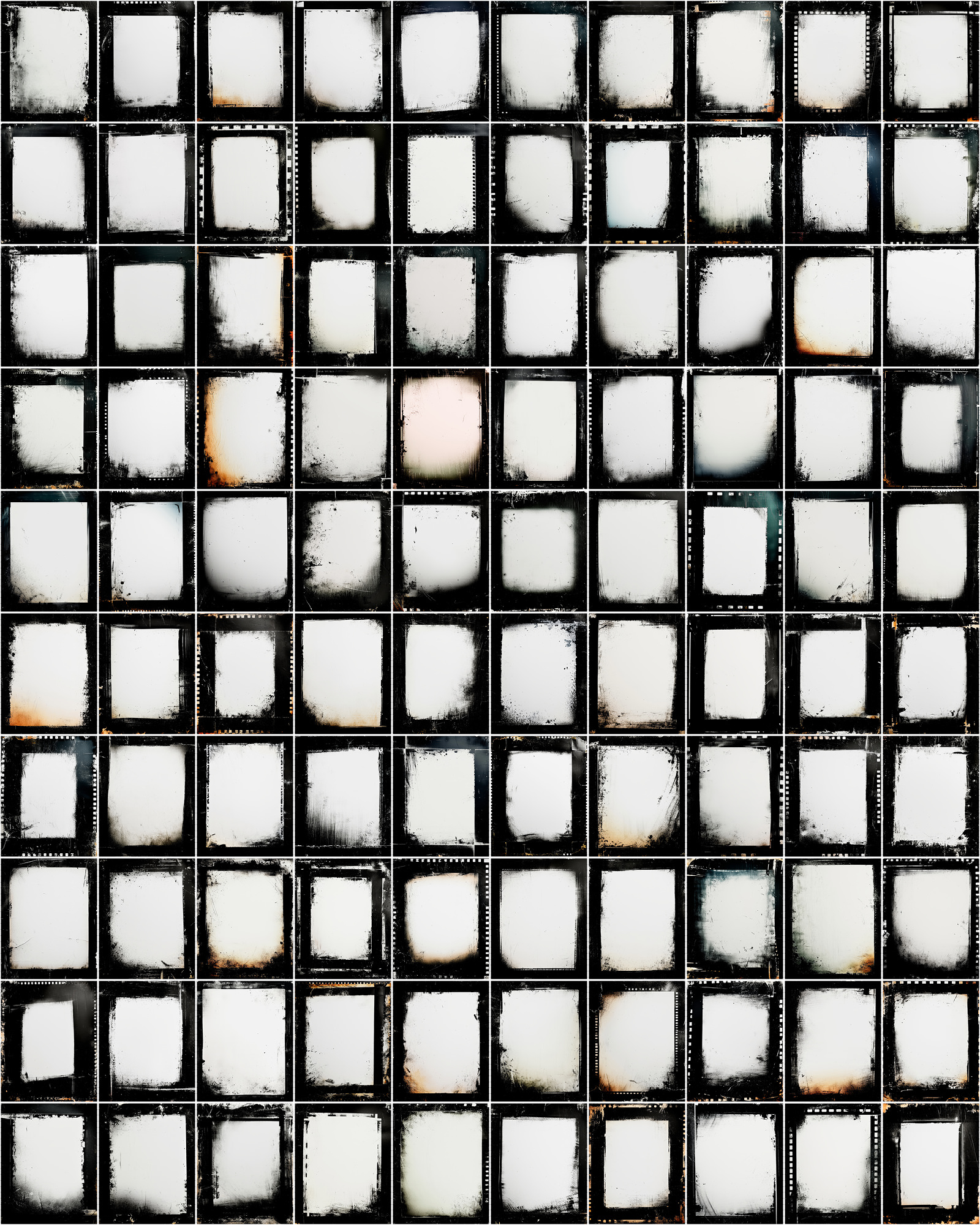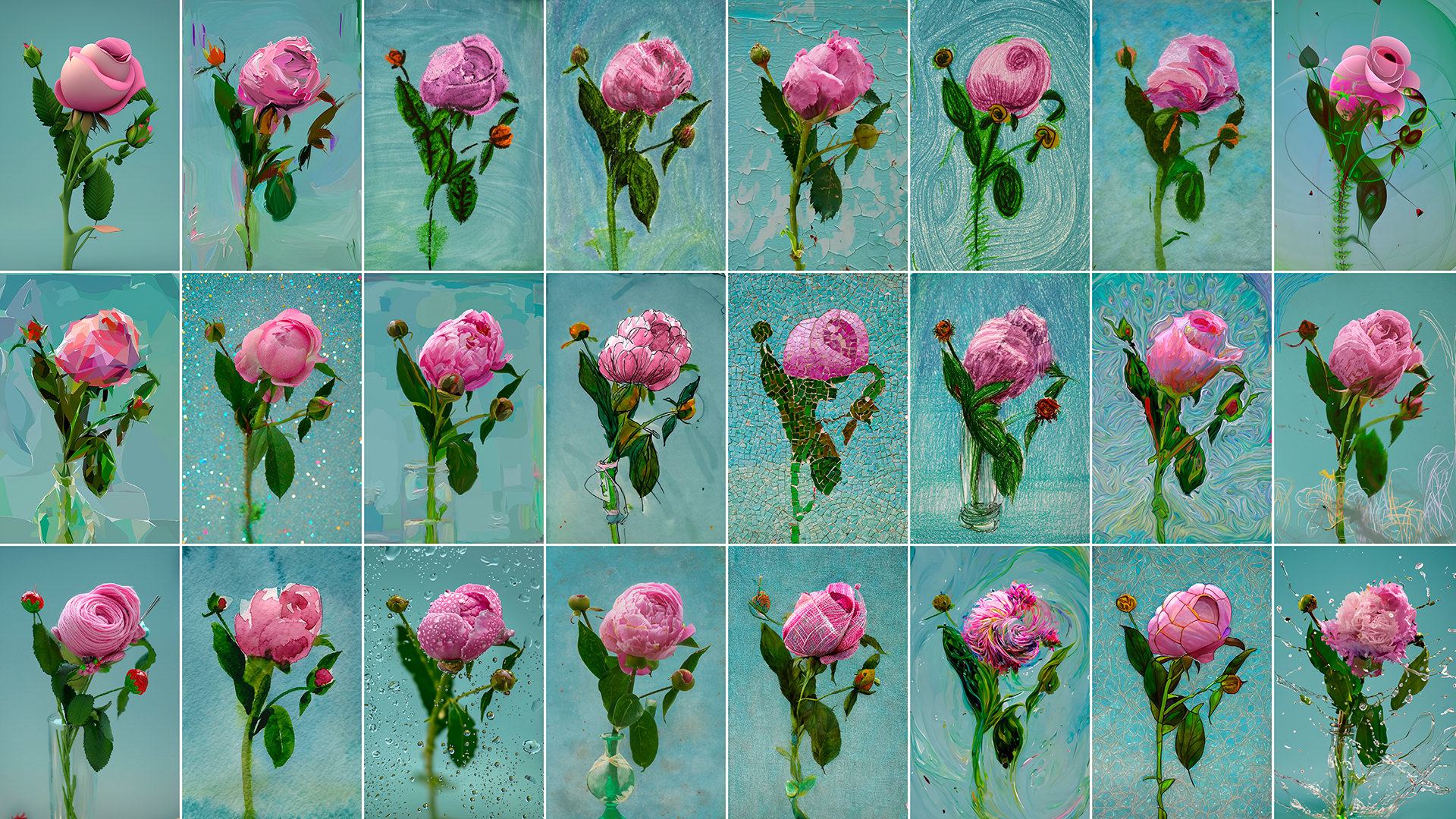I photographed the two images above to demonstrate one very cool bit of knowledge about photography – lens compression. The longer your lens the more compressed, or blurry, your background will be. Both images used the exact same exposure, light, subject, etc – the only difference is that I used a different lens for each shot. A longer lens is going to create the perception that the background is actually closer to your subject, and, in this case with the lights in the background, the more zoomed-in you are to your subject the larger your background bokeh will be.
- Canon 7D, Canon 70-200 ƒ/4L IS lens, 1/250th sec at ƒ/5.6, ISO 100
- Canon 7D, Canon 24-105 ƒ/4L IS lens, 1/250th sec at ƒ/5.6, ISO 100
The image on the left was photographed with a Canon 70-200 f/4L IS lens, zoomed all the way out to 200mm. For the image on the right I used my 24-105 f/4L IS, zoomed all the way to 105mm. (Note that I am using a Canon 7D, which is a crop-sensor camera so the focal length is actually a little bit longer).
I photographed the two images above to demonstrate one very cool bit of knowledge about photography – lens compression. The longer your lens the more compressed, or blurry, your background will be. Both images used the exact same exposure, light, subject, etc – the only difference is that I used a different lens for each shot. A longer lens is going to create the perception that the background is actually closer to your subject, and, in this case with the lights in the background, the more zoomed-in you are to your subject the larger your background bokeh will be.
- Canon 7D, Canon 70-200 ƒ/4L IS lens, 1/250th sec at ƒ/5.6, ISO 100
- Canon 7D, Canon 24-105 ƒ/4L IS lens, 1/250th sec at ƒ/5.6, ISO 100
The image on the left was photographed with a Canon 70-200 f/4L IS lens, zoomed all the way out to 200mm. For the image on the right I used my 24-105 f/4L IS, zoomed all the way to 105mm. (Note that I am using a Canon 7D, which is a crop-sensor camera so the focal length is actually a little bit longer).

Nicole is a photographer, published author, and educator specializing in Lightroom, Photoshop, and photography. She is best known for her books on food photography but is widely versed in various photographic genres, including landscape, nature, stock, travel, and experimental imagery.















Great thing to keep in mind when composing!
I have a series of 5 images covering the focal length range 18mm to 300mm that might help visualize the differences too. They’re at http://www.hookedonlight.com/2008/09/using-focal-length-in-composition.html
Nicole – Very good shots and comparison to illustrate compression. I’d like to know what other settings you used for the shots to help understand a little better; ISO, Aperture, and Shutter Speed. One of the things I’ve been working on lately is trying to get a better grasp of background bokeh and how to use my settings to influence it.
Thanks for the info and keep up the great work and posts!
Harley – thanks for the link! I really like your diagrams in your post.
Lance – no problem … I’ve added the camera settings to my post above. :)
just because you are using a cropped sensor doesnt mean that the focal length has changed. You still “see” everything the same in relationship to the focal length of the lens, its just that with a cropped sensor you are moving back further to achieve the same amount of information in the frame, not changing focal length. A 105 is a 105 is a 105mm lens, and the focal length will always be the same. You will not achieve more compression with a cropped sensor, but actually less, but the focal length will remain the same.
Make sense?
Hmm … you’ve got me thinking, Steve. I think I’m going to test what you are saying with a 5DMkII. My plan is to COMPOSE the images the same in the viewfinder, which means that the cameras will be at different distances.
I undersand completely what you are saying, that if the image was photographed from the same distance with a full-frame and crop-sensor then you would see the same result, as far as compression goes, but I want to test the theory by composing it the same.
Make sense? ;)
nicole, it looks like you were farther from the food in your 200mm shot than with the 105mm shot, especially since the LEFT image appears smaller.
Isn’t it this change in distance that gives the change in perspective and hence the compression (relative sizes between foreground and background) rather than the focal length of the lens? It’s just that to get the same frame with a longer lens, you have to move back, and it’s this moving back that yields compression.
My understanding is that compression is due to “relative distance”, foreground-to-background, relative to foreground-to-camera.
http://www.dpreview.com/learn/?/Glossary/Optical/Perspective_01.htm
With that said, the de-facto association between long lenses and distance lets us describe compression in terms of focal length in practice, but it’s technically not the cause of compression at all, just the relative distances.
In the Hooked On Light article, the author does say he moved back to keep the same framing.
“Here are several shots at progressively longer focal lengths: 18 mm, 55 mm, 100 mm, 205 mm and 300mm. The camera position was moved back so the main subject is the same size in all the shots. ”
The article gives the impression that compression is attributed to longer focal length rather than the relative distances (woman-to-tree distance shortening relative to woman-to-camera distance lengthening).
You can create relative distances like this just by changing camera distance. (C=Camera, F=Foreground, B=Background)
C — F ————————- B
C ————————- F — B
In the first case, C-F is short compared to F-B, and thus, the relative size of F compared to B is much larger (as objects appear smaller with distance)
In the second case, F and B will have a closer apparent size due to their relatively similar distance from C.
Another way I look at this is to “slide” F between C and B. That alone will cause perspective change. It will “compress” as F nears B. This is mathematically equivalent to moving C back and forth from F, as we’re just talking about the ratio CF:FB, which has nothing to do with focal length. Of course, in practice, we tend to use longer lenses when CF is is big… i.e. when we’re far away and need to zoom in.
Joe – yes, in the 200mm shot I stood further back, and in the 105mm shot I was closer to show the difference in compression between the two distances. That’s the whole point of my blog post. The images are not cropped, they were framed in camera exactly how you see them in the image above.
Nicole, so we can achieve compression when “using” longer lenses, but not “because” of longer lenses, correct? The article does make it sound like the longer focal length “causes” greater compression, but it’s an indirect relationship that comes about when moving farther away? It’s a little confusing, but I think I get the point. Thanks.
Just thought I’d let you know that I have found this post very helpful and useful recently, so thanks!
should be easy to check ?
shoot from the same place with a 100mm focal length then zomm to 200mm without chamging the relative positions. Same f stop of course
Then crop the shorter length 100mm shot to be the same framing as the 200mm shot ?
bokeh should look identical if it’s relative positions of camera object background ?
You definitely get ‘better bokeh’ with a full frame camera compared to a crop sensor camera
why ?
it might be because you can stand nearer to your subject and use the same focal length to acheive the required framing
eg you want to shoot someone’s head
with a 5D you can get closer and still get a head compared to where you’d have to stand with a crop camera using the same focal length.
you get similar results though by STAYING PUT ( NO CHANGE IN RELATIVE POSITION ) but changing to a longer focal length.
ie you shoot a head with your 50mm f/1.8 on your 50D from say 2m away. Then you get out your 5D, mount up your 85mm f/1.8
much better bokeh, believe me
and you haven’t moved any positions at all
So what’s that about ? :O
its very simple really the longer your lense the more compression and a more flat seeming image and visa versa
this hapens because the relative scale of images changes depending on the focal length of your lens in relation to distance from subject. because of the lens is looking so far items close seem small and far away items seem large. for this reason the distance between objects can not be perceived thus we have lense compresion
PS sensor size does impact compression
:D
for digital forcal length on stadard sensor is 1.6x magnification so in regards to steves coment pertsinting to being able to see less on a reg sensor its true you are loseing .4 of the image to magnificaton unless you posses a full frame sensor
:)